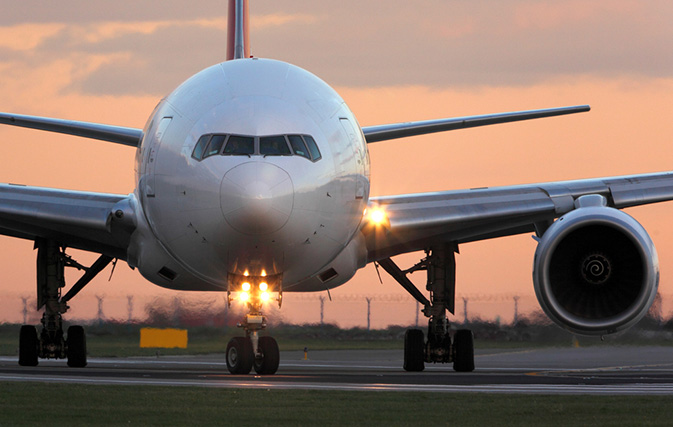GENEVA — Hopes were high at the start of the summer but the airline industry’s recovery from the pandemic never had a chance to take off, prompting IATA to downgrade its full-year traffic forecast for 2020.
IATA says 2020’s drop in traffic is now estimated at 66% compared to 2019.
That’s down three percentage points from IATA’s last forecast. IATA notes that the summer travel season, already severely impacted by the pandemic and ongoing travel restrictions and border closures across much of the world, had a “dismal end” in the Northern Hemisphere.
“August’s disastrous traffic performance puts a cap on the industry’s worst-ever summer season,” said IATA’s Director General and CEO, Alexandre de Juniac.
“International demand recovery is virtually non-existent and domestic markets in Australia and Japan actually regressed in the face of new outbreaks and travel restrictions. A few months ago, we thought that a full-year fall in demand of -63% compared to 2019 was as bad as it could get. With the dismal peak summer travel period behind us, we have revised our expectations downward to -66%,” he added.
Revenue passenger kilometers (RPKs) for August 2020 were down 75.3% compared to August 2019. This was only slightly improved compared to the 79.5% annual contraction in July, says IATA.
Domestic markets outperform international markets in terms of recovery, as before, although most remained substantially down on a year ago.
August capacity (available seat kilometers or ASKs) was down 63.8% compared to a year ago, and load factor was 58.5%, which IATA calls an all-time low for the month of August.
While the summer got off to a passable start, all things considered, by mid-August many countries in key markets had travel restrictions back in place.
Forward bookings for air travel in the fourth quarter show that the recovery since the April low point will continue to falter, says IATA.
In North America, airline traffic was down 92.4% in August. Capacity fell 82.6%, and load factor dropped 49.9 percentage points to 38.5%.
In Europe, airlines fared only marginally better. European carriers’ August demand plunged 79.9% compared to last year, improved from an 87.0% drop in July, as travel restrictions were lifted in the Schengen Area. However, IATA says more recent flight data suggests this trend has reversed amid a return to lockdown and quarantine in some markets. Capacity fell 68.7% and load factor dropped by 32.1 percentage points to 57.1%.
The typically busy summer season usually creates a cash cushion for carriers in the Northern Hemisphere, easing the leaner months through fall and winter, says de Juniac. “This year, airlines have no such protection. Absent additional government relief measures and a reopening of borders, hundreds of thousands of airline jobs will disappear.”
But it is not just airlines and airline jobs at risk, says de Juniac. “Globally tens of millions of jobs depend on aviation. If borders don’t reopen the livelihoods of these people will be at grave risk. We need an internationally agreed regime of pre-departure COVID-19 testing to give governments the confidence to reopen borders, and passengers the confidence to travel by air again.”

